Do you know what budgie colours are? Budgies, or budgerigars, are small parrots that are popular as pets. They come in a variety of colors, including blue, green, and yellow.
Some budgies have mutations that result in different colors, such as white or albino.
In this blog post, we will discuss the different budgie colors and their variations.
Table of contents
Budgie Colour Types :
There are many budgie colors, but we will focus on the most common ones.
The green series budgie colors are:
- Green: The most common budgie color. It is a mix of yellow and blue feathers.
- Blue: A budgie with blue feathers will have no yellow pigment in its plumage.
- Yellow: A budgie with yellow feathers will have no blue pigment in its plumage.
- White: A budgie with white feathers will have no pigment in its plumage. This is a result of a mutation and is not considered a true budgie color.
The blue series budgie colors are:
- Grey: A budgie with grey feathers will have a mix of black and white feathers.
- Black: A budgie with black feathers will have no white pigment in its plumage.
- Cinnamon: A budgie with cinnamon feathers will have a mix of brown and red feathers.
- Albino: An albino budgie will have no pigment in its plumage. This is a result of a mutation and is not considered a true budgie color.
Budgerigar Colour Varieties :
The Green Series:
Light green :
his is the original, wild type, colour of the budgie, a lovely bright grass green.
It is a bird with both blue and yellow present, to create green, with no dark factors. It often has a brilliant iridescent feel about it, like the budgie on the right below.
Their cheek patches are bright violet and the tail is a dark blue.
Dark green :
the intermediate shade of green, what you have if one dark factor is present.
It is darker and lacks the iridescence of light green. It can be tricky to show the difference in photos, in reality they are quite different side by side.
Their cheek patches are violet and the tail is a dark blue.
Olive :
the darkest shade of green with two dark factors present. It is almost a muddy green shade. This color can look a lot like grey green.
They can be distinguished by the color of their cheek patches (violet blue in olive and greyish blue in grey green birds) and long tail feathers (dark blue in olive and black in grey green).
Their body colour is often kind of blotchy looking, rather than the smooth shade of grey greens.
Grey green :
with this colour the grey gene causes a colour similar to olive. Grey greens can be light, medium or dark depending on how many dark factors are present.
The budgie on the right is a chick and therefore a paler shade, once it moults it will darken a little and become a stronger color, more like the olive above.
If you compare its cheek patch with those of the olive you will see the difference; violet in the olive, blue/grey in the grey green.
The budgie on the left has silvery cheek patches due to it also being of the spangle variety, which will be discussed on another page. She is just here to give another example of a grey green shade.
Violet green :
the violet gene alters the basic body colour of the bird. The effect is to darken and enrich the shade of green.
This makes, for example, a light green bird with the violet gene look similar to a dark green but with an odd almost blue tint. The colour palette below is a violet dark green.
The Blue Series :
Skyblue :
the lightest shade of blue,with no dark factors. It is a light green bird but with the yellow removed, leaving a lovely, bright, iridescent pale skyblue.
Their cheek patches are bright violet and the tail is a dark blue.
Cobalt :
the medium shade of blue with one dark factor. Cobalt describes this colour well. It is darker than skyblue and has lost the iridescence.
Their cheek patches are bright violet and the tail is a dark blue.
Mauve :
this is the darkest blue with two dark factors. It can look muddy and greyish but is bluer than a grey.
If in doubt remember that a grey has grey/blue cheek patches and a black tail whilst mauve has violet cheek patches and a blue tail.
Mauves often have a patchy appearance to their body colour like the bird on the right.
Grey :
the grey gene removes the blue effect resulting in a grey bird. Remember that the grey gene also changes the cheek patches to blue/grey and the tail feathers to black.
Like the grey greens, greys come in light, medium and dark depending on what shade of blue it is covering.
Violet :
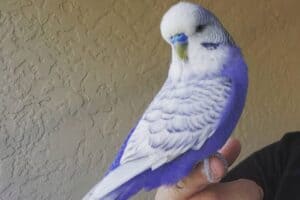
In blues the violet gene works by causing a purple tint leading to a darkening and enriching of the basic blue shade. It can, for example, make a skyblue appear to be a richer than usual cobalt.
My first ever violet was a violet skyblue that I thought was cobalt.
However after a few matings I realised she wasn’t, and on inspection I noticed that above her wings in the neck region her colour was a richer more violet shade than the cobalt elsewhere.
This can sometimes provide a clue to the presence of violet. The most beautiful of these is the budgie with a strong violet colour often called a visual violet, like the lovely bird on the right.
They are usually a double factor skyblue or cobalt violet. There is a helpful way to tell if your bird is a skyblue or a cobalt under the violet tint.
Skyblue budgies have a emerald blue/green shade on their flights, cobalts have more of a deep navy blue shade. This isn’t changed by the presence of violet so can be a useful tell.
Budgie Colours Mutations :
There are presently at least 32 primary mutations in the Budgerigar. These are budgie colours that budgies are born with. Some budgie color mutations are:
Pied Budgie, Albino Budgie, Clearwing Budgie, Dilute Budgie, Splashed Wing budgie, and Ino budgie and many other mutations.
Final Through
Budgie colors come in a variety of shades and mutations. There are many different budgie colors. Hope you enjoyed this budgie colors post!
Let me know in the comments below what is your favorite budgie color?
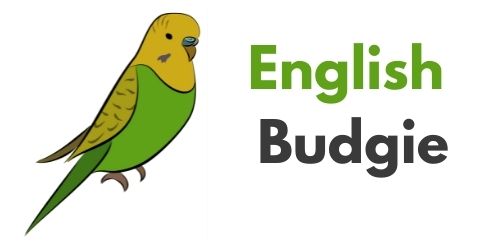
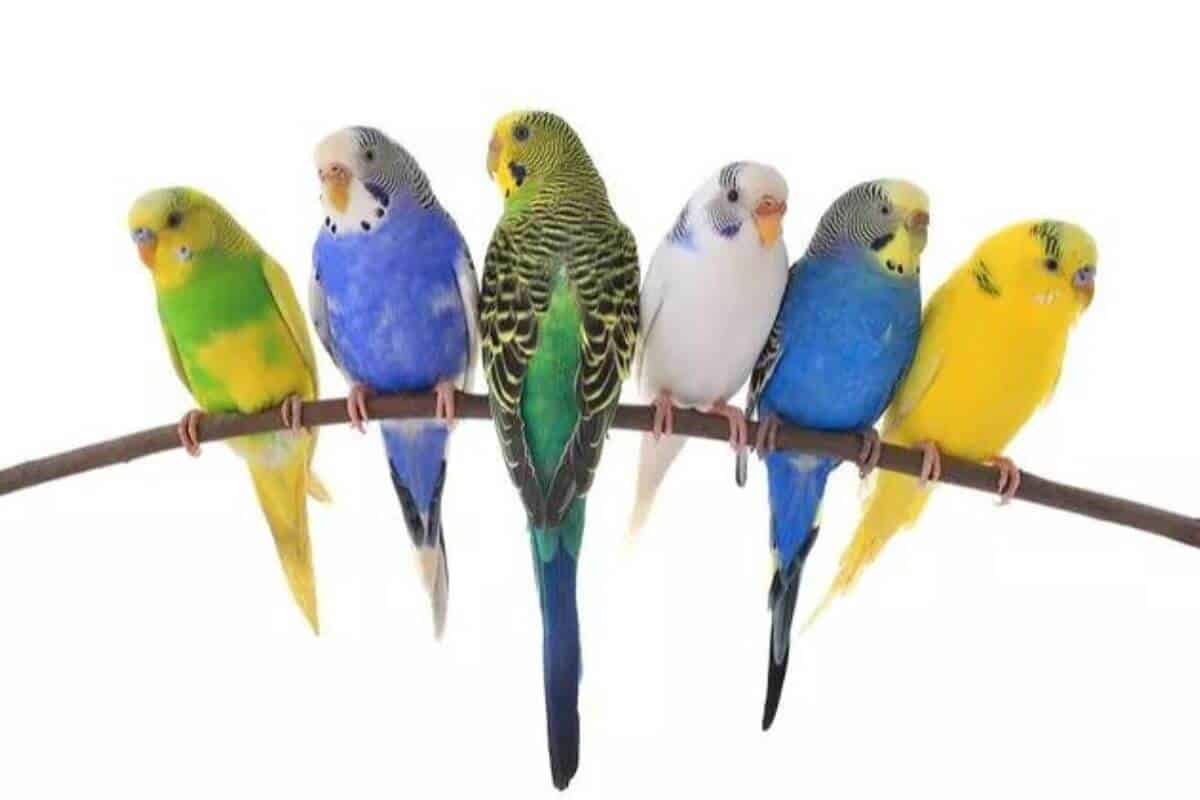
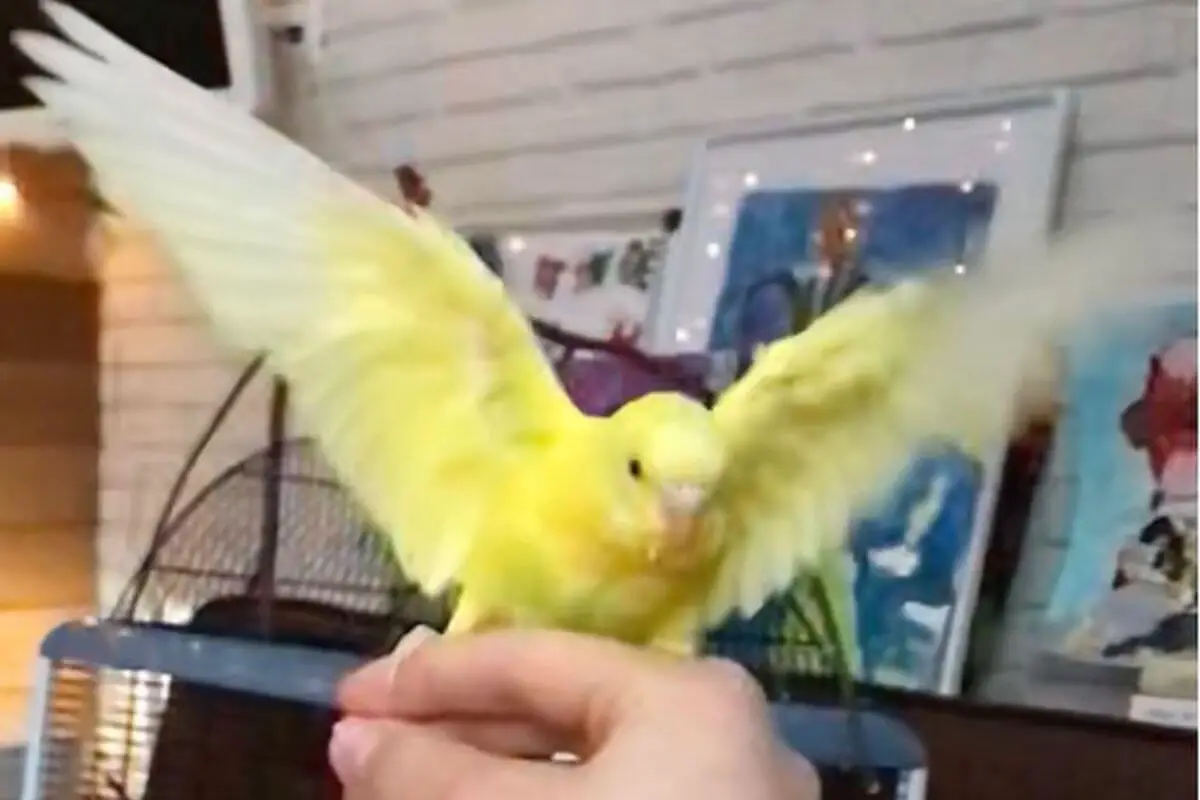
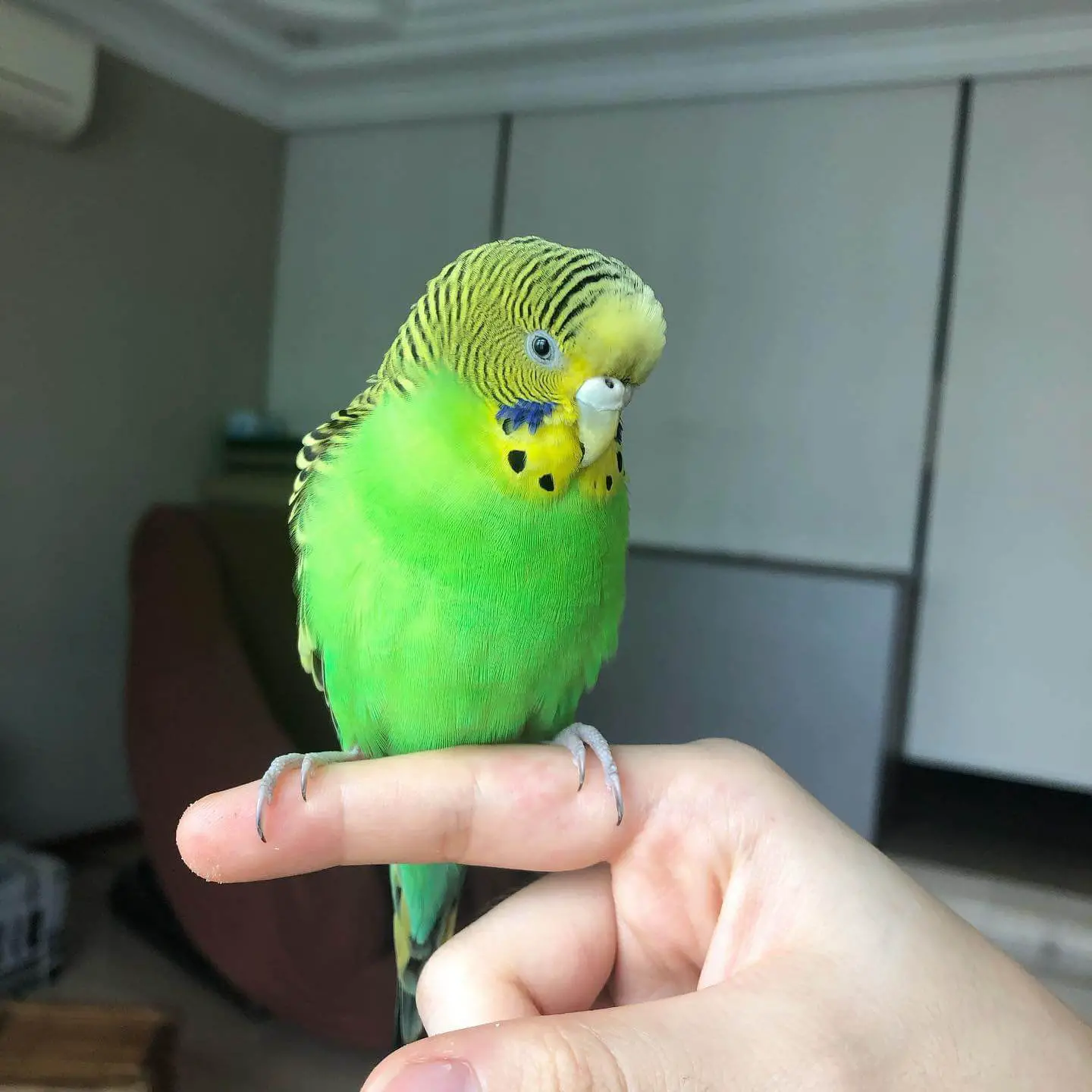


Leave a Reply